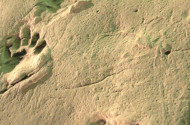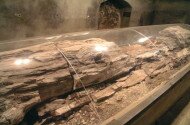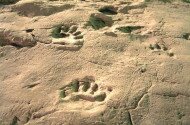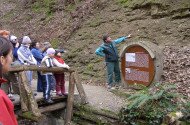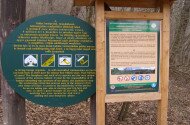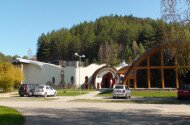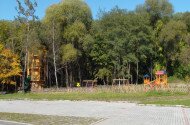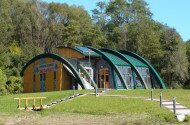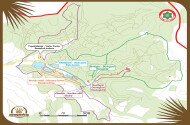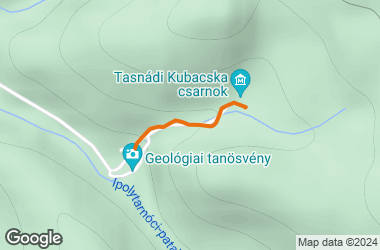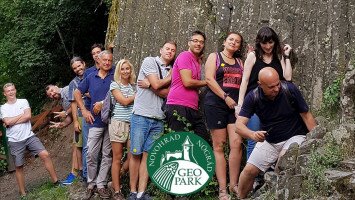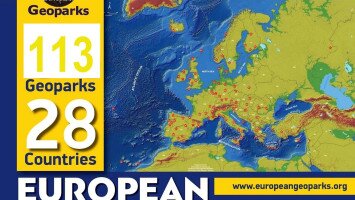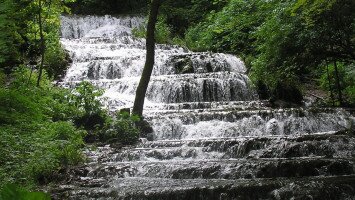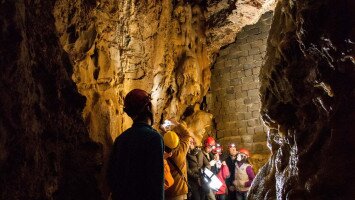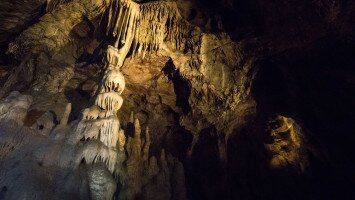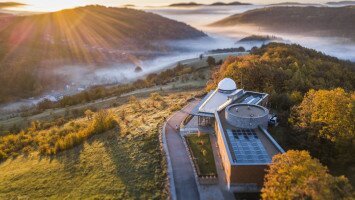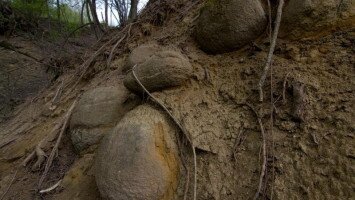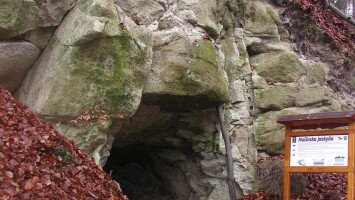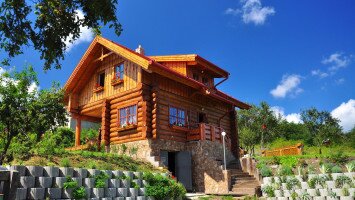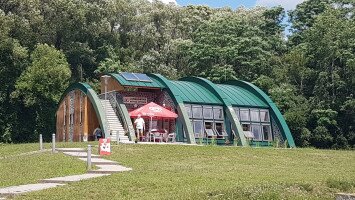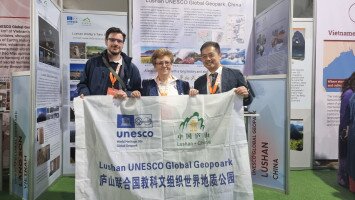
Felhívjuk a figyelmét
The network of the nature conservation area’s geological and palaeontological exhibition site and study trails, awarded European Diploma by the European Council in 1995, is composed of the 700 m long stone park with free access (N-1/b), the 6 km long biological nature trail (N-1/c) and the 800 m long ‘Borókás Trench’ Geological Nature Trail (N-1/a) with geological-palaeontological information accessible with guided tours during opening hours when obtaining a ticket: individual learning is facilitated by more than 40 information boards and 30 smaller boards with the names of plant species indicated.
At the ‘Borókás Trench’ Geological Nature Trail, the exposure of 24-23 million year-old sedimentary rocks (green-sand and sandstone layers) whereas in the hall, the petrified surface of a Miocene river bank’s watering places and shallows, on the sandstone bank, Artiodactyla, predators’, paleo-rhinoceroses’, and birds’ footprints, in the building of the shelter, the remains of a giant paleo-pine (Pinuxylon tarnocziense) 46 m in length discovered by Ferenc Kubinyi in 1838 and in the grand hall, an exhibition next to which a sandstone surface with fore footprints can be seen – with a guide.
